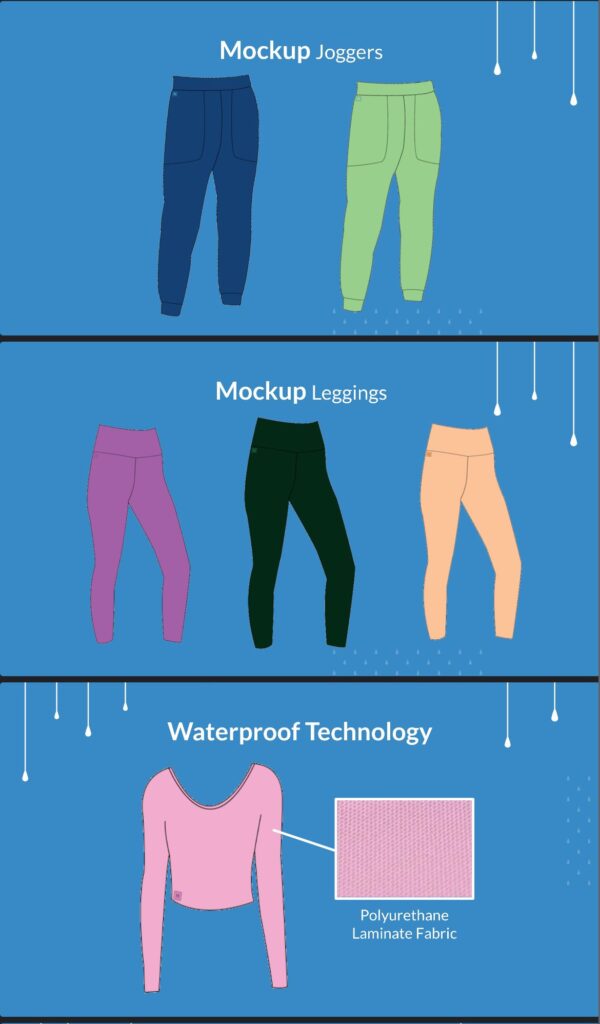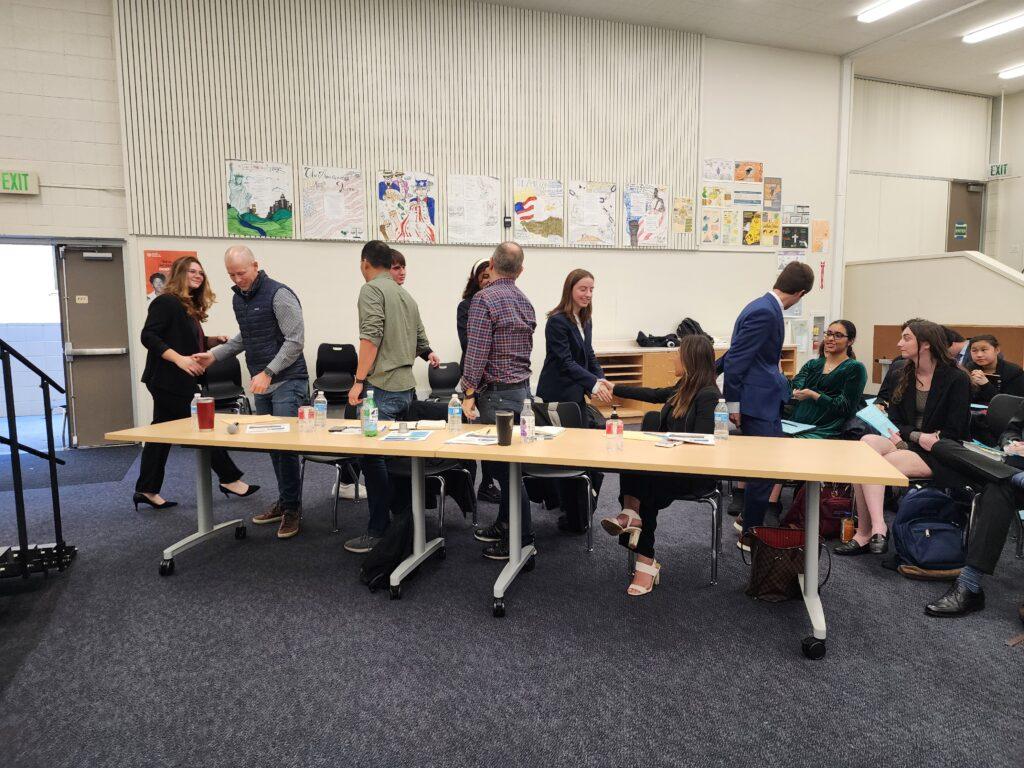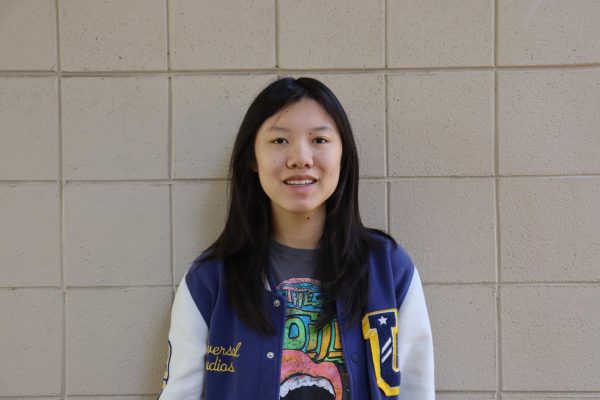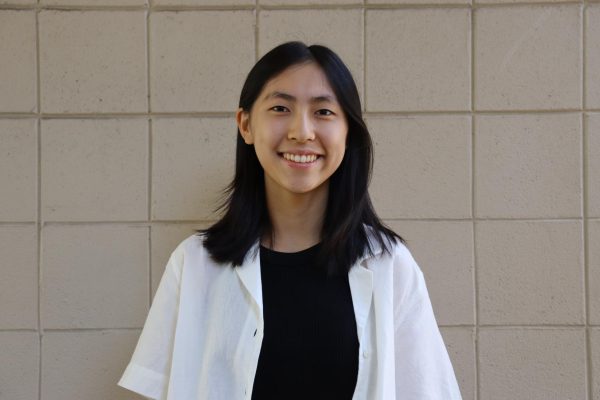“Adventure. Anytime.” This was the slogan for one of the MAP 12 Shark Tank products, the Hydro Cloth, a piece of waterproof athletic wear designed by senior Ariana Tootoonchi and her group.
First done in 2014, the Shark Tank simulation emulates the popular ABC show, “Shark Tank,” and it was inspired by Class of 2014 alumni Jason Li, who participated on the actual show that year, earning money for a startup he founded.
The simulation is an opportunity for MAP seniors to showcase presentational, persuasive and media skills they’ve learned in the program. The project takes place at the end of the first semester, and students get roughly six weeks to complete it. Working in small groups, they create their own logos, slogans and a commercial to advertise their products in an effort to create an effective pitch to prospective investors.
Real businesspeople and executives, or “Sharks,” come to class to judge the seniors’ projects. The judging team included a venture capitalist and employees who are specialized in operations, marketing and other sectors in finance. This year, final presentations took place on Dec. 12.
“It’s cool for kids to have interactions with people that are actually in the business world,” MAP 12 teacher Hana Chen said. “A lot of kids report that that’s one of their favorite parts, getting to interact with people who have jobs that they think are interesting.”
Besides listening to the pitches and deciding whether to invest, the Sharks also provide feedback for students to improve their product and pitch.
“It was really nice to get another perspective from people who are actually in the industry and are actively working on products,” Tootoonchi said. “[Our teachers] had information based on previous years’ Shark Tanks, but the Sharks themselves were, in my opinion, more impactful to hear from.”
According to MAP 12 teacher Jason Friend, the project has undergone only a few changes since its creation in 2014. While students are still given full rein to create whatever they want, teachers have been providing more specifics on what they wish for students to find during the business development stage. For example, the written business plan must include a fully fleshed out report of the elements in the plan and advertising campaign as well as a one pager for the Sharks. In addition, they need to be able to show potential for profit and differentiate themselves from competitors.
The group of Sharks is changed every few years so students receive a wider range of feedback.
“We just come up with some products that do not necessarily have to solve the world’s problems,” said Tootoonchi, whose group included Ethan Canuhauti, George Hu, Ella Asher, and Nicita Raam. “It needs to be something that’s different, that you think could make a lot of money. It doesn’t even need to be like a great product. You just need to be very compelling.”
Students first create an idea for a new product and fill out a business plan to manage the money involved in the marketing and manufacturing of their product. Of course, no real funds are involved in the making as the scenario is all hypothetical. During the project, students also take on different executive roles to emulate a real company, such as head of finance or chief technical officer.
Unlike the actual show, which evaluates projects further down the development process, the MAP project is based on “angel investing,” where investors evaluate an idea or a prototype.
Tootoonchi’s project, Hydro Cloth, was inspired by eco-friendly items and brands such as Lululemon.
Although waterproof athletic clothing exists, her group aimed for something that was flexible, breathable and most importantly, thin. In Tootoonchi’s experience, waterproof clothing is usually bulky, heavy and thick, which makes it inconvenient for exercising.


Courtesy of Ariana Tootoonchi
Hydro Cloth designs show the variants of the product.
While Tootoonchi found the project to be a little stressful at the beginning, she said it wasn’t as hard after she got the hang of it, as all skills needed for the project are built on previous MAP skills. While the project needed to be completed in a limited timeframe, she said she still enjoyed the final result and gained more knowledge about the process of entrepreneurship and business pitches.
“I definitely learned a lot about the market and how difficult it is to compete with big companies and to just manufacture a product,” she said. “I have much respect for these people, and it takes great patience and vigor to work on products like this.”
In addition to the marketing and technical skills, the project is also a great avenue for developing collaboration skills.
“It’s a project where it really requires absolute teamwork between all the parts to make the best final product,” Friend said. “For MAP, where we emphasize collaboration, it’s a great kind of senior year project where everybody has to pull their weight and come together and so I think it emphasizes everything we can do.”




























